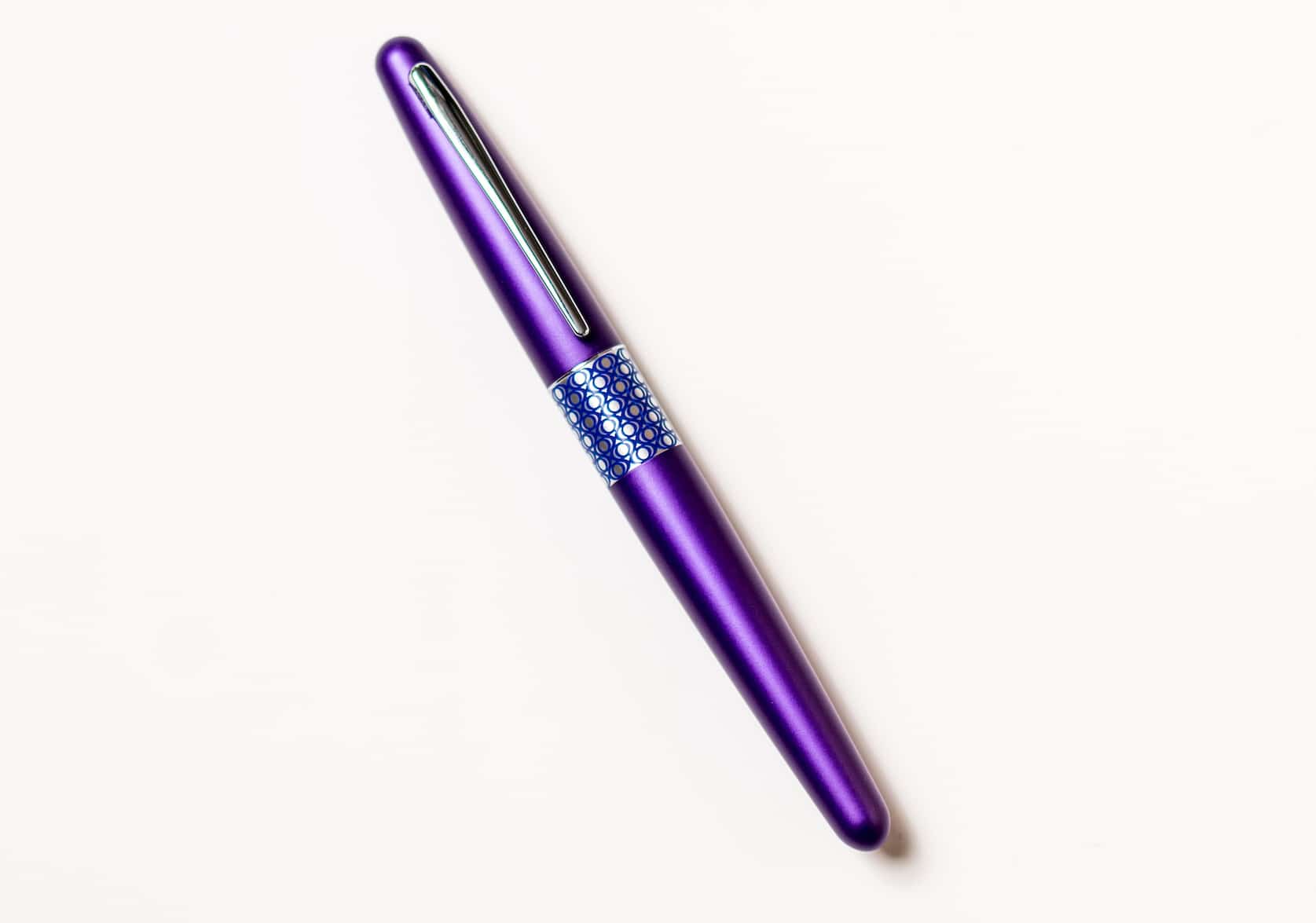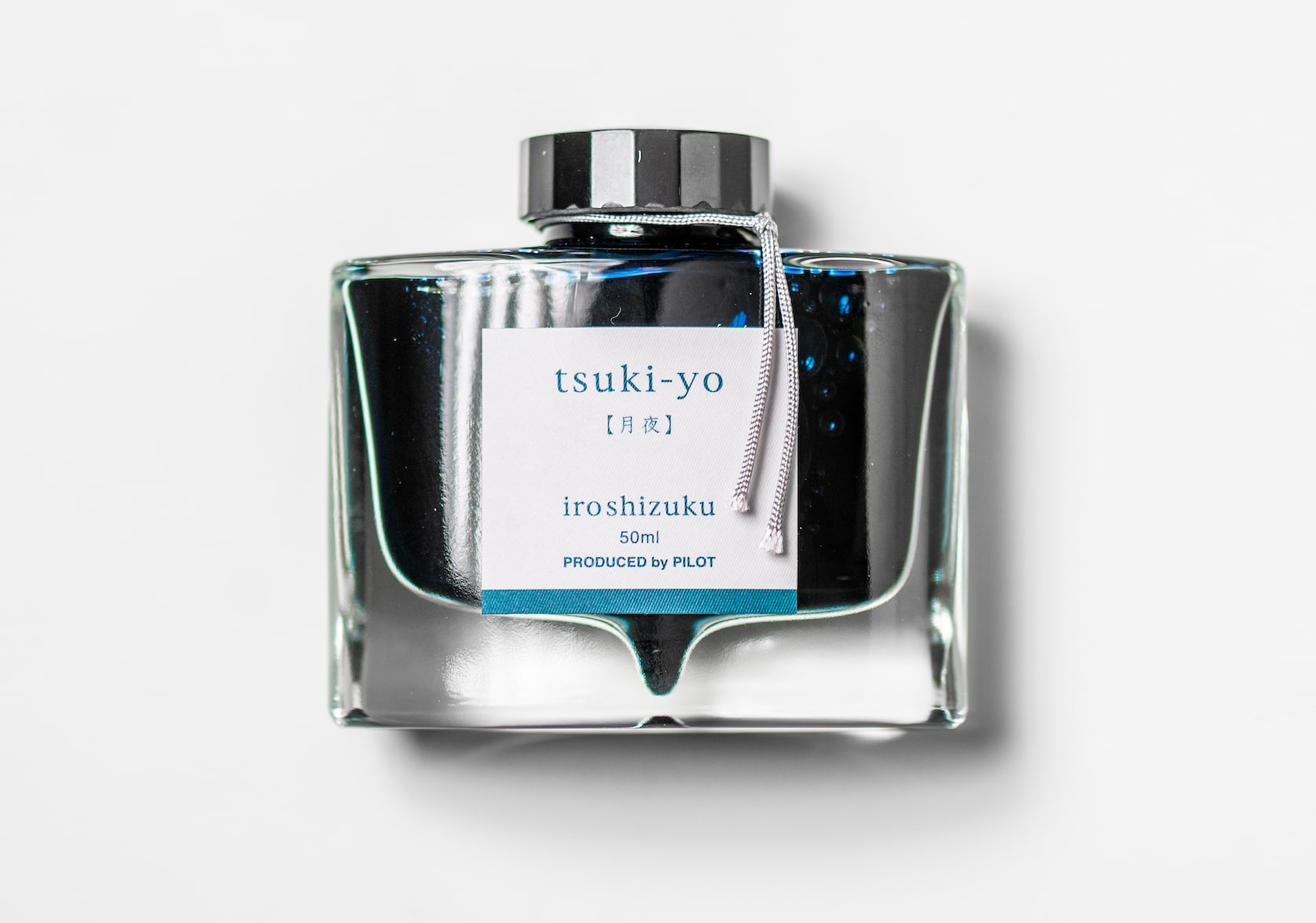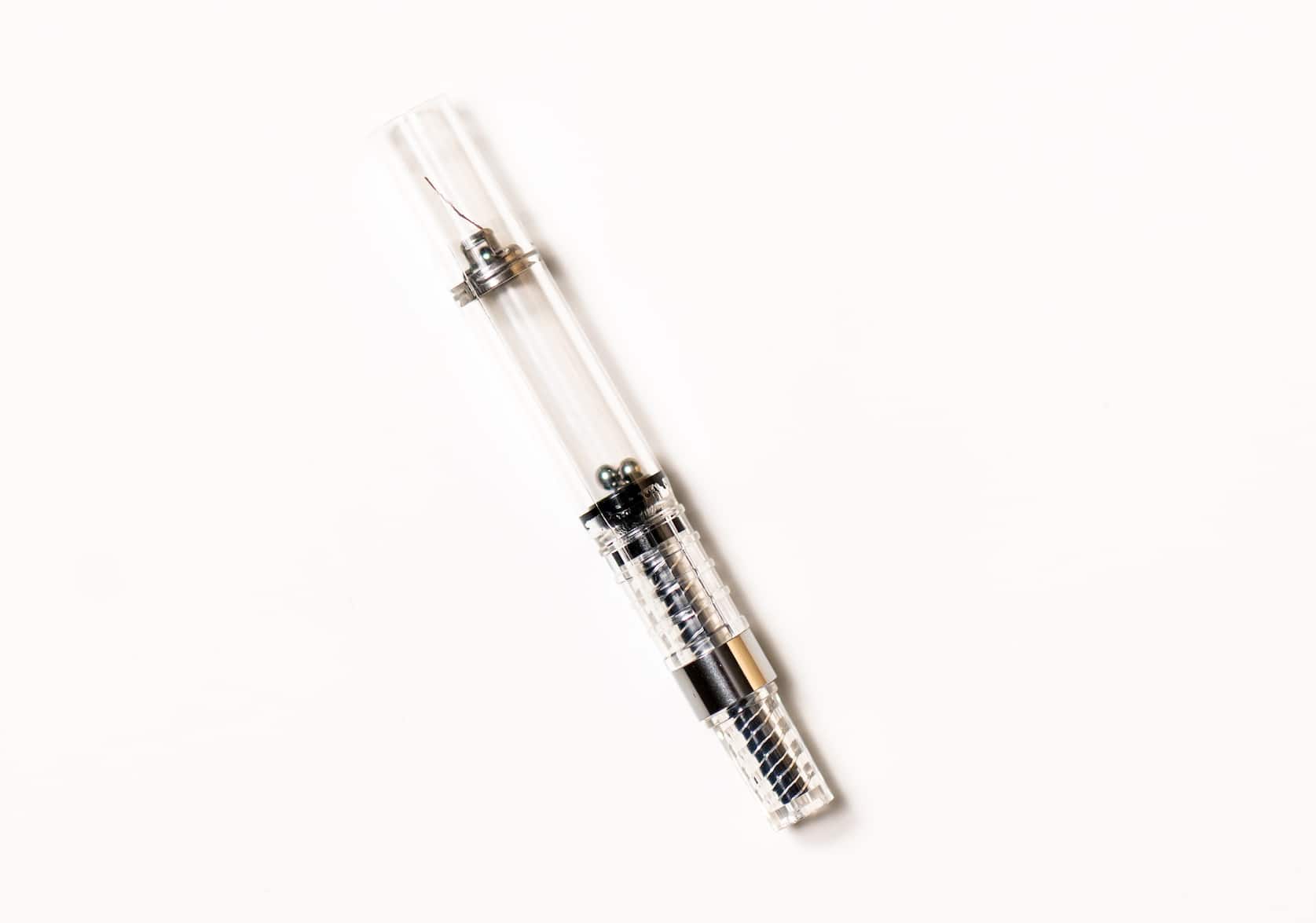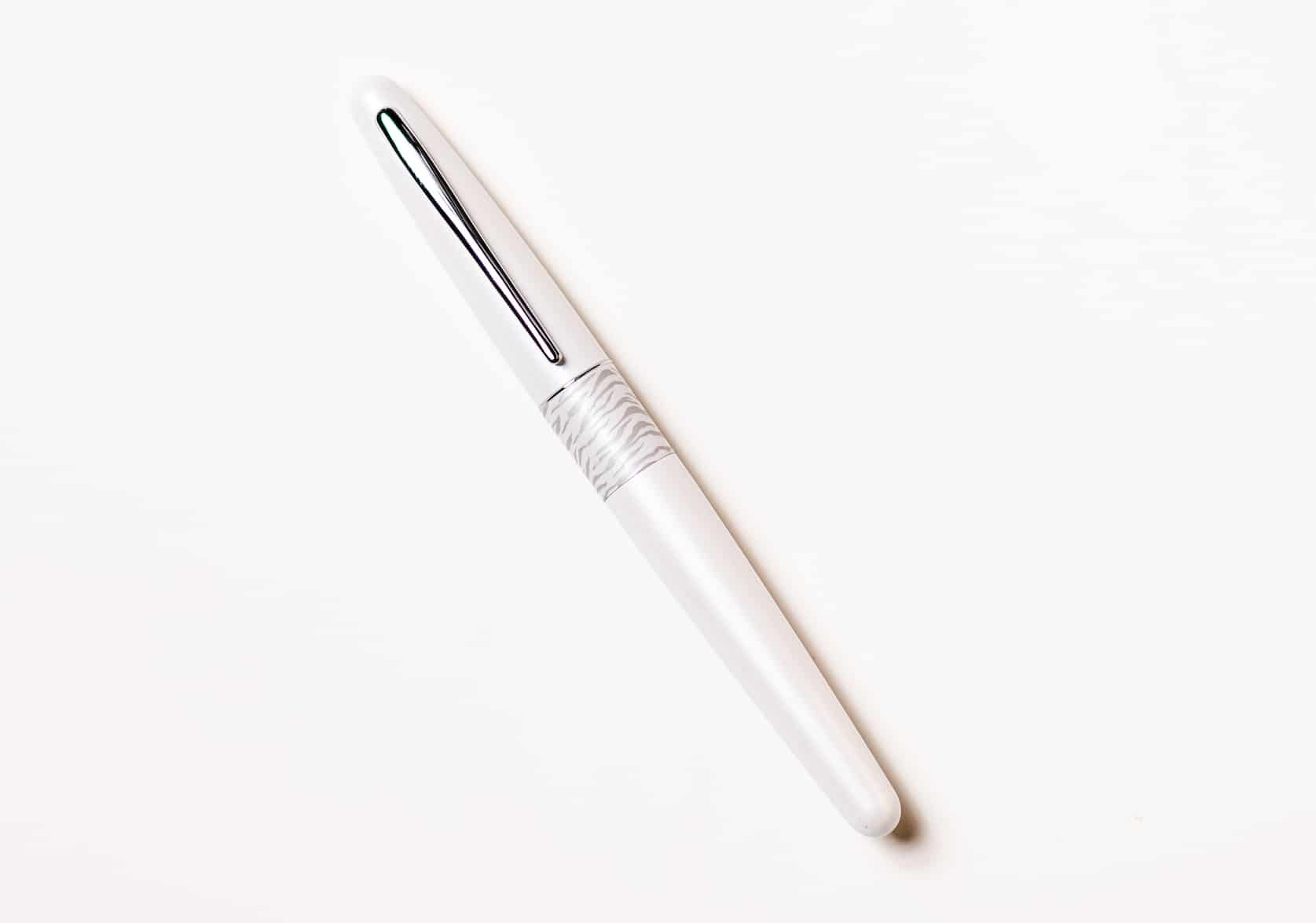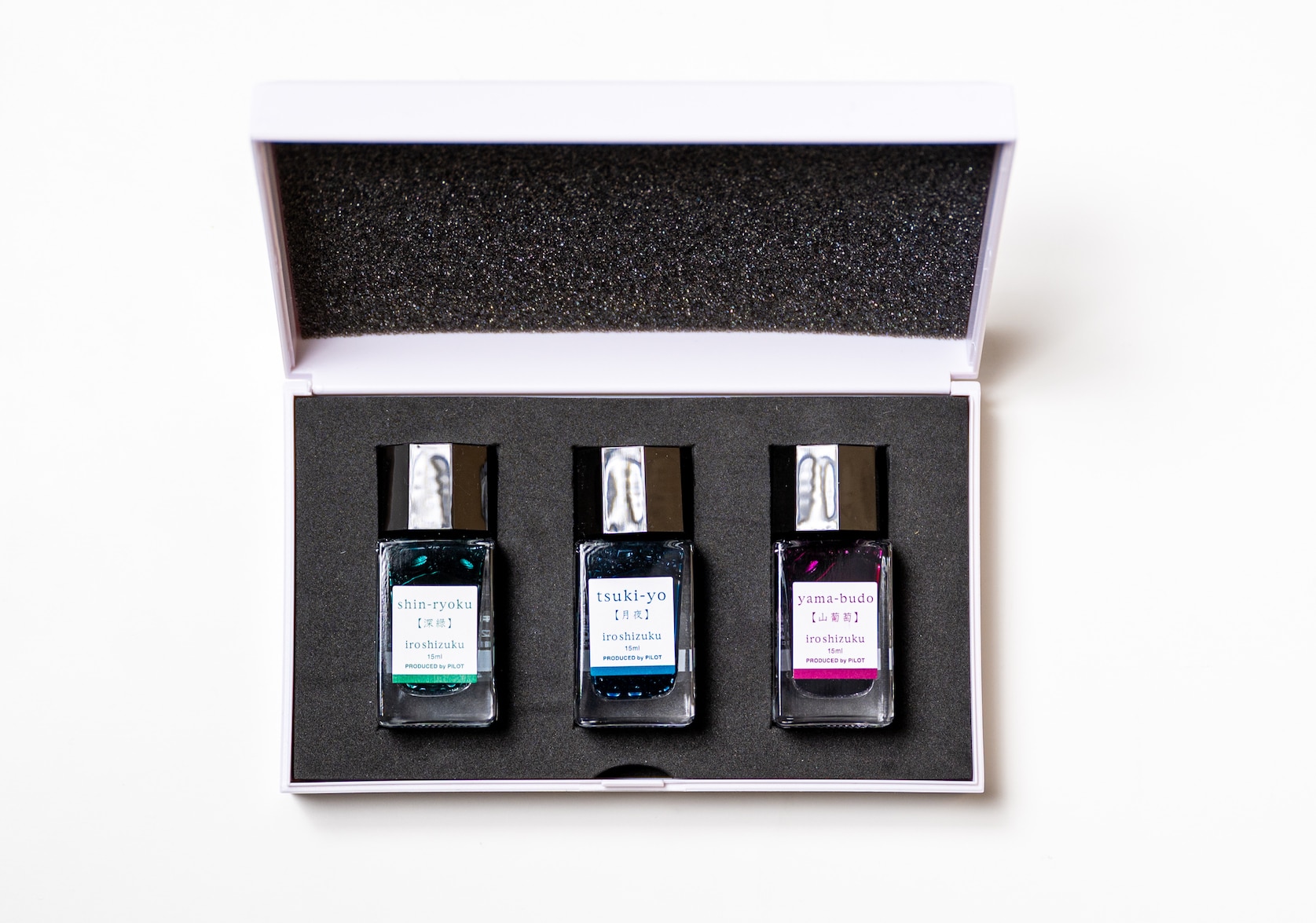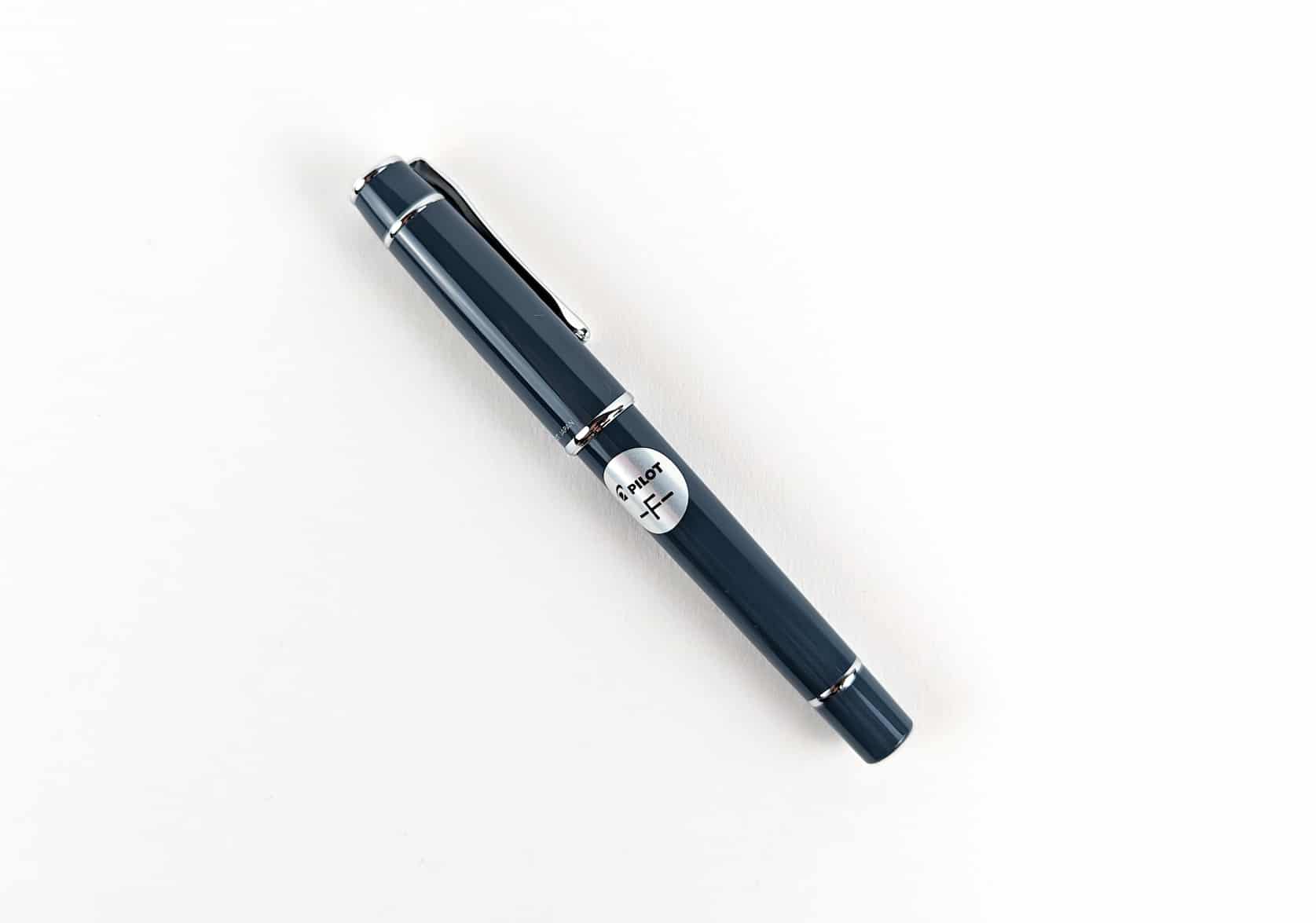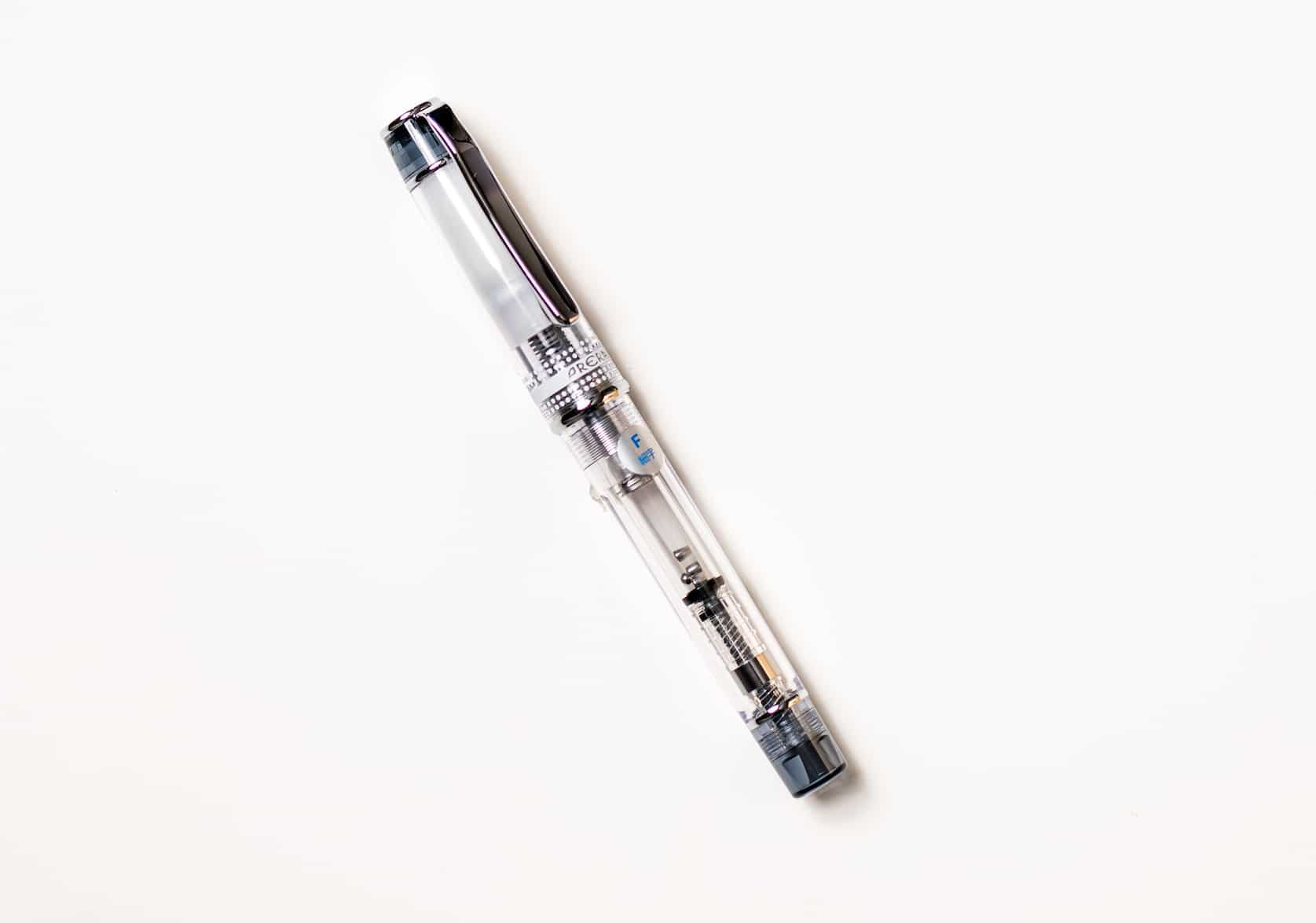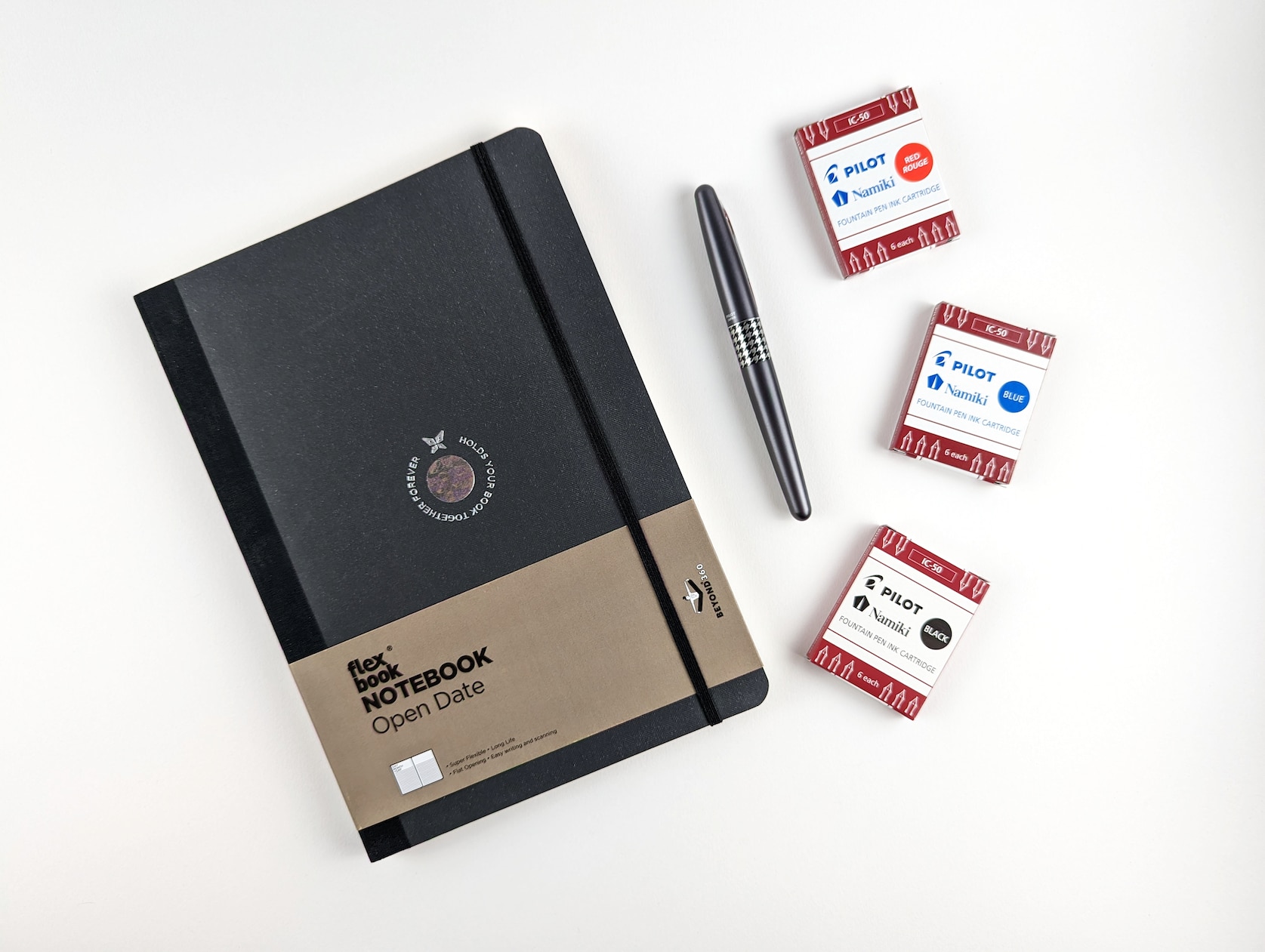Now that you’ve gotten to know your fountain pen and started using it with ink cartridges, you may be thinking it’s time to graduate to bottled inks. In this case, you’ll need to use a fountain pen converter (sometimes also called ink converter or fountain pen ink converter) and learn how to fill it. In this third installment of Young W’s Pen & Ink series, we’ll show you how to fill the two most common converter types with ink: piston and squeeze. We’ll also show you how you can get the most ink into your Pilot CON-40 converter. Before you read on, if you haven’t already done so, we recommend checking out parts 1 and 2 of the Pen & Ink series first:
Reviewing the two most common converters
As we mentioned in part 1, there are three types of converter: piston, squeeze and push-button. In this installment, we’ll focus on the two most common types of converters: piston and squeeze.
First, to quickly review:
Piston converter – includes a knob that you twist, causing the piston (the moving part inside the chamber) to extend and retract, creating a vacuum that draws ink into the pen.
Squeeze converter – includes a rubber chamber, which you squeeze air out of and release to create a vacuum that draws ink into the pen.
While both converter types operate on the same law of physics – creating a vacuum whereby the ink gets drawn into the converter – they each use different methods of achieving that vacuum.
Filling your piston converter
Let’s start with the piston converter, which includes a knob that moves the piston up and down inside the chamber, creating suction to draw the ink into the converter.

Filling a piston converter
Steps to fill your piston converter:
- Disassemble your pen: Unscrew the grip section from the barrel. Install the open end of the piston converter.
- Insert into ink bottle: Insert the nib into your ink bottle, submerging the entire nib and part of the grip section.
- Twist the knob: Twist the knob on the end of the converter until the piston is fully extended, then twist the knob in the other direction to retract the piston; this will create a vacuum and draw ink into the converter. Repeat as needed.
- Finish: Wipe off the nib and grip section with a cloth or paper towel and reassemble your pen.
Here’s a video of us filling the Pilot CON-40 piston converter.
You will notice from the video above, that the Pilot CON-40 piston converter can be tricky to fill to the very top without a bit of extra effort and practice. You may also notice that despite your fountain pen being inked and ready to use, a portion of the converter remains empty. If this bothers you or if you would like to maximize your converter’s ink capacity, we’ve created an additional video for you.
Filling your squeeze converter
Next, the squeeze converter, which includes a rubber chamber that is squeezed and released to achieve your vacuum to draw the ink up into it.

Filling a squeeze converter
Steps to fill your squeeze converter:
- Disassemble your pen: Unscrew the grip section from the barrel. Install the open end of the squeeze converter.
- Insert into ink bottle: Insert the nib into your ink bottle, submerging the entire nib and part of the grip section.
- Squeeze the rubber chamber: With thumb and index finger on either side, hold the converter by its metal frame, then squeeze and release the rubber chamber; this will create a vacuum and draw ink into the converter through the feed in the nib. Repeat squeezing and releasing until you no longer see bubbles forming in the ink bottle; this is a sign that your converter is now full. Unlike the piston converter, the squeeze converter’s chamber isn’t transparent, so you won’t be able to see the ink rising inside as you fill it.
- Finish: Wipe off the nib and grip section with a cloth or paper towel and reassemble your pen.
Watch the video below to see how this is done using the Pilot CON-B squeeze converter. This converter comes pre-installed on some Pilot fountain pens, for example the Pilot Metropolitan MR3.
As always, whichever type of converter or ink cartridge you use, make sure it’s compatible with your pen. Not all types of converters and cartridges will work with, or be available for, every pen. Take a look at part 2 of Young W’s Pen & Ink series if you need to review the issue of compatibility.
Stay tuned for our Pen & Ink series part 4, where we’ll talk about what to do when the nib of your fountain pen doesn’t fit into the ink bottle, and other tricky situations.
(Photo credits: piston converter by Dahlia Katz, all others Young W)




